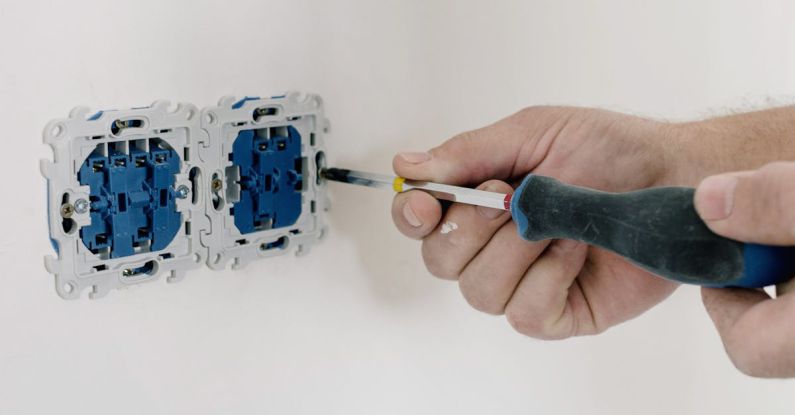
Spark plugs play a crucial role in the smooth functioning of your car’s engine. Over time, these small yet mighty components can wear out and need replacement to ensure optimal performance. If you’re looking to replace your car’s spark plugs but are unsure where to start, read on for some valuable tips to help you tackle this task with confidence.
Understanding the Importance of Spark Plugs
Before delving into the replacement process, it’s essential to understand the significance of spark plugs in your vehicle. Spark plugs are responsible for igniting the air-fuel mixture in the engine cylinders, creating the combustion necessary to power your car. When spark plugs become worn or dirty, they can lead to issues such as misfires, rough idling, and decreased fuel efficiency. By replacing your spark plugs at the recommended intervals, typically every 30,000 to 100,000 miles depending on the type of plug, you can maintain your engine’s performance and prolong its lifespan.
Gathering the Necessary Tools and Materials
To replace your car’s spark plugs, you’ll need a few basic tools and materials. These typically include a ratchet and socket set, spark plug socket, spark plug gap tool, and dielectric grease. Additionally, it’s a good idea to consult your vehicle’s owner’s manual to determine the correct spark plug specifications for your specific make and model. Having the right tools and materials on hand will make the replacement process much smoother and more efficient.
Locating the Spark Plugs
The first step in replacing your car’s spark plugs is locating their position within the engine bay. In most vehicles, the spark plugs are situated on top of the engine, connected to the ignition coils. You may need to remove the engine cover or other components to access the spark plugs easily. Refer to your owner’s manual for guidance on the exact location of the spark plugs in your car.
Removing the Old Spark Plugs
Once you’ve located the spark plugs, it’s time to remove the old ones. Start by disconnecting the electrical connector from the ignition coil and using a spark plug socket and ratchet to loosen and remove the spark plug. Be sure to keep track of which spark plug came from which cylinder, as they may have varying levels of wear. Inspect the old spark plugs for signs of fouling, wear, or damage, which can indicate underlying issues with your engine.
Installing the New Spark Plugs
Before installing the new spark plugs, it’s crucial to check and adjust the spark plug gap to the manufacturer’s specifications using a gapping tool. Once the gap is set correctly, apply a small amount of dielectric grease to the spark plug threads to ensure a proper seal and prevent seizing. Carefully thread the new spark plug into the cylinder by hand to avoid cross-threading, then tighten it using the spark plug socket and ratchet. Reconnect the ignition coil and repeat this process for each spark plug.
Testing and Final Steps
After installing the new spark plugs, it’s essential to test your car to ensure everything is functioning correctly. Start the engine and listen for any unusual noises or vibrations that may indicate a problem. If everything sounds normal, take your car for a test drive to assess its performance, acceleration, and fuel efficiency. Lastly, double-check all connections and components to ensure everything is secure before closing the hood.
Maintaining Your Spark Plugs for Longevity
To prolong the lifespan of your new spark plugs, it’s essential to practice regular maintenance and inspection. Keep an eye out for signs of wear, such as rough idling, decreased fuel efficiency, or engine misfires, which may indicate that your spark plugs need replacement. Additionally, consider scheduling routine tune-ups with a qualified mechanic to ensure your spark plugs and other engine components are in optimal condition.
In conclusion, replacing your car’s spark plugs is a relatively straightforward task that can have a significant impact on your vehicle’s performance and longevity. By following these tips and guidelines, you can tackle the spark plug replacement process confidently and keep your engine running smoothly for miles to come.





